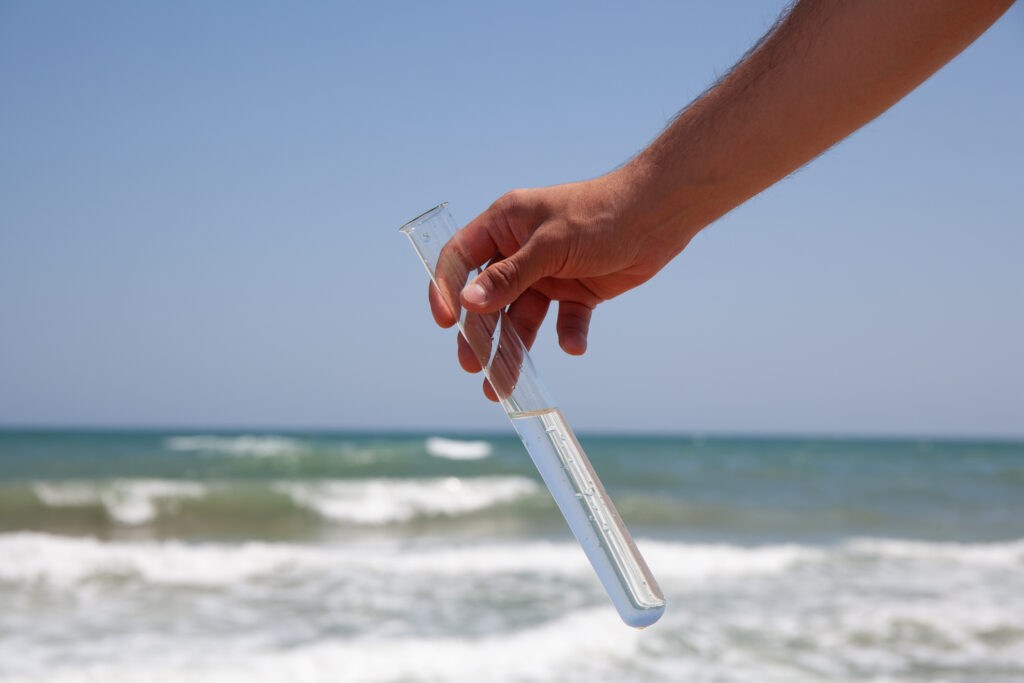New Research on Microbes Expands the Known Limits for Life on Earth and Beyond
Posted
Last Updated
By COREY BINNS.
Stanford study on microbes in extremely salty water suggests life may survive conditions previously thought to be uninhabitable. The research widens the possibilities for where life may be found throughout our solar system and shows how changes in salinity may affect life in aquatic habitats on Earth.
New research led by Stanford University scientists predicts life can persist in extremely salty environments, beyond the limit previously thought possible.
The study, published Dec. 22 in Science Advances, is based on analysis of metabolic activity in thousands of individual cells found in brines from industrial ponds on the coast of Southern California, where water is evaporated from seawater to harvest salt. The results expand our understanding of the potential habitable space throughout our solar system, and of the possible consequences of some earthly aquatic habitats becoming saltier as a result of drought and water diversion.
“We can’t look everywhere, so we have to be really deliberate about where and how we try to find life on other planets,” said senior study author Anne Dekas, an assistant professor of Earth system science in the Stanford Doerr School of Sustainability. “Having as much information as we can about where and how life survives in extreme environments on Earth allows us to prioritize targets for life-detection missions elsewhere, and increases our chances of success.”
Scientists interested in detecting life beyond Earth have long studied salty environments knowing that liquid water is necessary for life, and salt allows water to remain liquid at a wider range of temperatures. Salt can also preserve signs of life, like pickles in brine.
Learn More at news.stanford.edu

